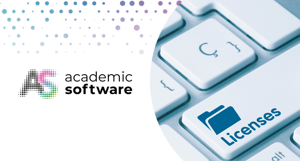Academic Software makes acquisition in Finland and appoints new CEO
25 October 2023 - The software company takes a big step into the Nordic educational market with the acquisition of the Finnish market leader in the digitalisation of education. Moreover, it is...
Read More
-4.png?width=300&name=Kopie%20van%20Ontwerp%20zonder%20titel%20(1)-4.png)
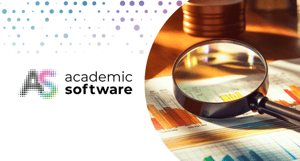
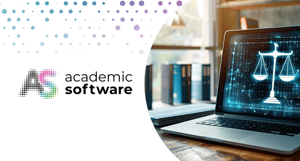
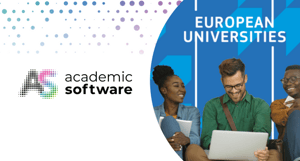
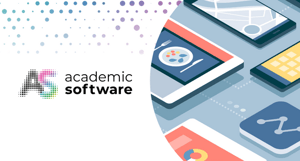
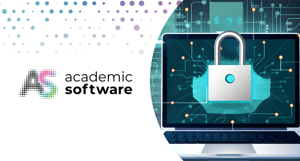
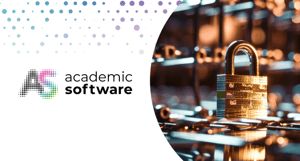
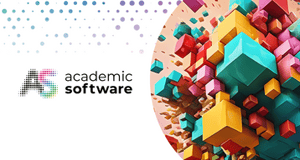
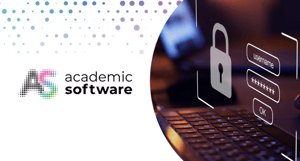
.png?width=300&name=MicrosoftTeams-image%20(8).png)
